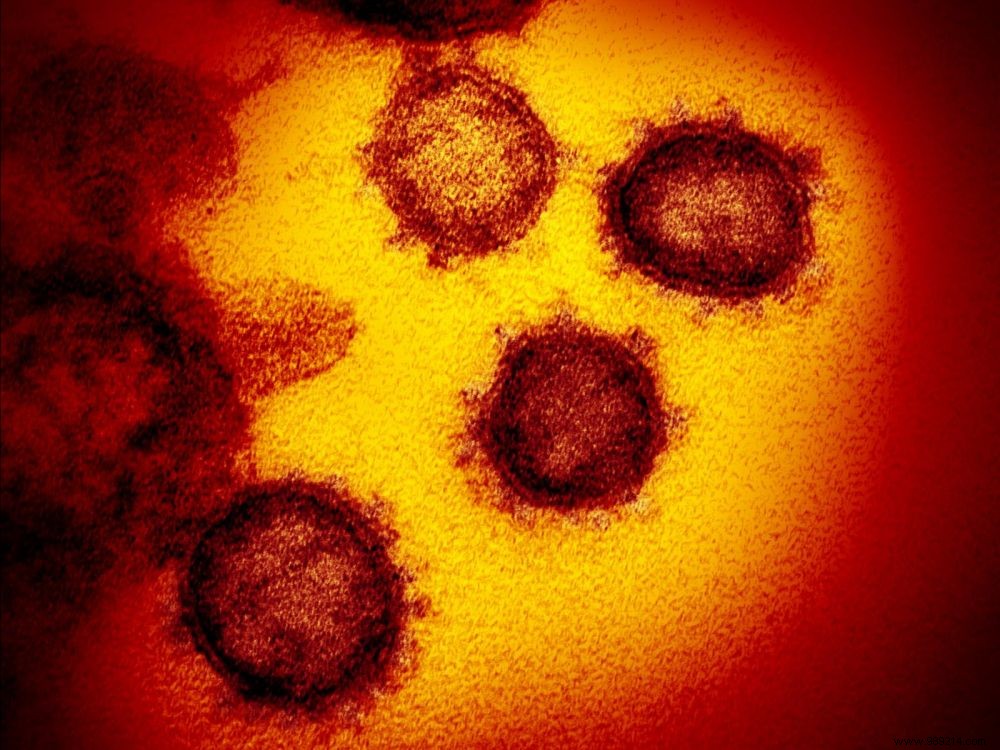The term 'mutation' is scary but the fact that the Covid-19 coronavirus has mutated isn't too surprising. On the other hand, we should rather worry about the extent of this mutation. Now, the virus comes in two different strains, one of which is more aggressive and contagious than the other.
With4 deaths and 285 confirmed cases of coronavirus on the evening of March 4, 2020, France ranks 6th among the countries most affected by the epidemic. At the same time, we were discussing the possibility that the virus had mutated in Iran. Local doctors believe that Covid-19 can now generate myocarditis , i.e. inflammation of the heart muscle.
Viruses like other living beings, carry their genetic heritage in their DNA. However, in the case of some viruses, this "data" may also be available on another string, RNA. When the virus reproduces, some "copy errors" can be made, so that it is possible to speak of a mutation.

In addition, the Covid-19 has the particularity to have a good affinity with human cells . When certain pathogens arrive in an environment where living things have immune characteristics different from their place of origin, these same agents are subject to slight mutations. So after infecting a subject, the Covid-19 will multiply in a slightly different form . In other words, it adapts to its host.
In a study published in the National Science Review on March 3, 2020, Chinese researchers explain that the coronavirus now comes in two types :L and S. However, the S strain is the oldest and certainly comes from the first focus of infection, that is to say Wuhan in China. As for the L strain, this is more aggressive and developed more rapidly in competition with its counterpart. According to the researchers, this L strain more adapted to humans ispresent in 70% of cases against 30% for the S strain.
The study also clarifies that the L strain could not totally put the S strain on the sidelines. This is the result of the work of the health services having further detected and contained it. Unfortunately, the S strain, although diminished, eventually continued to spread. The thing is, both strains continue to grow and infect new people every day. No one knows if new strains of Covid-19 may appear, but the risk is very real. It could be even more aggressive strains and even more contagious.
Source
Related Articles: